By day four, we were well prepared to paddle some of the major features of Holyhead. The plan was to start paddling at Porth Dafarch, play at Penrhwyn Mawr, South Stack and North Stack, and end the day at Soldier Point. But it turned out to be a day of saying “no.”
The first “no” came on the beach at Porth Dafarch, where we and a group of BCU five-star trainees watched the waves spilling onto the beach and occasionally crashing on the rocks. While we probably could have gotten out OK, the consequences of getting worked in the surf were too great; we and they chose to reverse our route, starting at Soldier Point instead.
We were able to work our way out to North Stack, observing and playing with the tidal stream and enjoying the impressive cliffs and sea caves. From there we paddled along the rocks down to South Stack and its prominent lighthouse.
The second “no” came when we reached South Stack, where the tidal race was massive and the alternative of paddling between the stack and the mainland cliffs was also out, due to current and swell pouring through. We had to turn around. But this was far from a day of disappointment. Those decisions, which were also made by the group doing a five-star training, reflected good risk assessment–one of the key skills we had come here to work on.
On day five, we took on a classic five-star training challenge: navigating out to the Skerries, a small cluster of islands a couple miles off of Carmel Head. Like our coastal journey from Point Lynas, this is not a long trip, but it is a complicated one. The tides are complex, and it’s easy to miscalculate or fall off course and miss the islands entirely. Each of us had planned a course and ferry angle using tidal vectors, but Phil had us scrap those plans. Instead, we took turns leading our group, navigating buoy to buoy and using tidal information and ranges to stay on track as we rode the flood tide.
Until we reached the Skerries, we had to trust our ranges more than our intuition; we often felt the urge to change course based on visual references.
At the Skerries, we ate lunch and shared birthday cake with the five-star trainee group beneath the 18th Century lighthouse. Then we returned using a slightly different route on the ebbing tide, stopping at some play spots along the way.
On day six, we completed the journey we had aborted on day three. We set out from Porth Dafarch, passed Penrhwyn Mawn toward the end of the ebb, rock hopped our way up to South Stack, then returned to surf the tidal race at Penrwyn Mawr on the flood.
By now, we and the five-star trainees were accustomed to finding each other everywhere we went.
We practiced self- and assisted rescues in the tidal race, noticing how the features changed as the flow rate increased, and finished the day by attaining up through the race to return to Porth Dafarch.
At this point, we felt ready for a four-star assessment, if a bit nervous. We had spent six days reading the water with our bodies and our minds. Even though we were consistently paddling beyond a four-star remit, we were well aware of where those limits were and how to keep a group safe within them in this environment. Phil had already completed the skills portion of the four-star assessment and handed us over to Peter Jones to assess our ability to lead a group on a journey.
Our assignment: take a group of three-star paddlers (including a student of Peter’s) on a four-hour journey from the beach near Rhoscolyn.
We recalled what John Carmody told us during our four-star training with him in Maine: “You are ready for the assessment when you can say there is nothing likely to happen that I have not already anticipated, and it’s going to be just another day on the water. The door is already open, and the assessor’s job is to walk you through the door, not be a roadblock.” We felt prepared, if not exactly relaxed, as each of us planned a journey from Borthwen Bay.
Of course, Peter asked us to take our students in a different direction than the journeys we had each planned, but we were able to demonstrate our understanding of the tides, navigate to the places he requested we go, keep our group members safe while rock hopping without overprotecting them, handle the scenarios he created, execute efficient rescues, and create an enjoyable day on the water. It actually did feel like just another day on the water, which was a credit to our training by both John and Phil, as well as all the work we have done over the years. The two greatest compliments we got were our student telling us she had fun, unlike in other assessments when candidates overprotected her; and Peter and Phil encouraging us to do a five-star training.



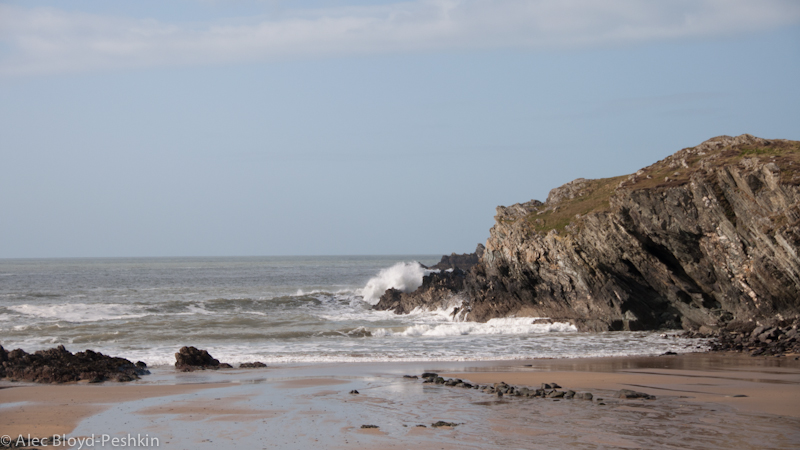
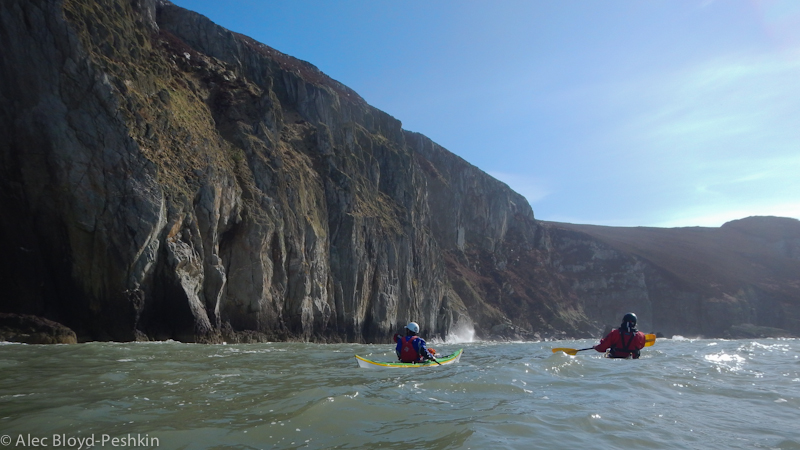
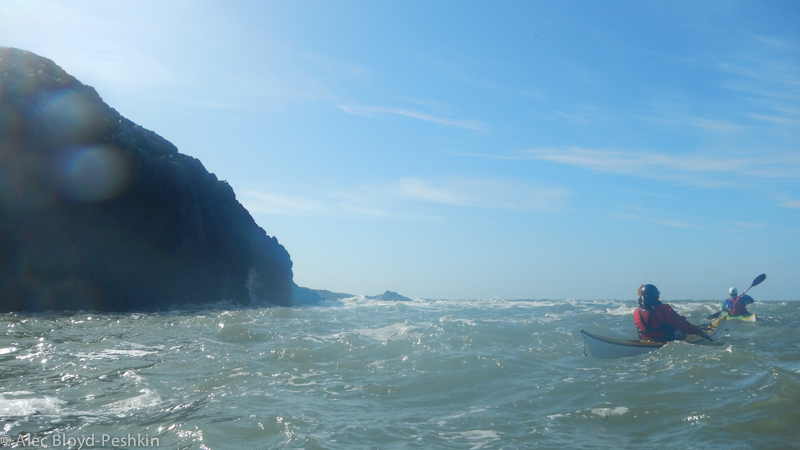
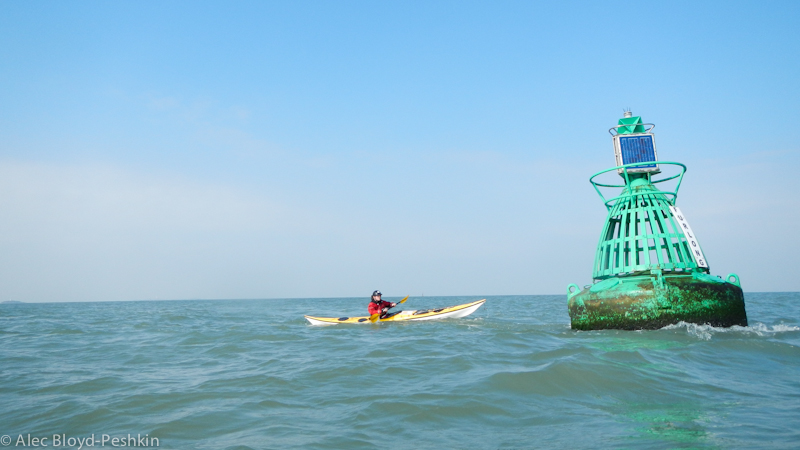
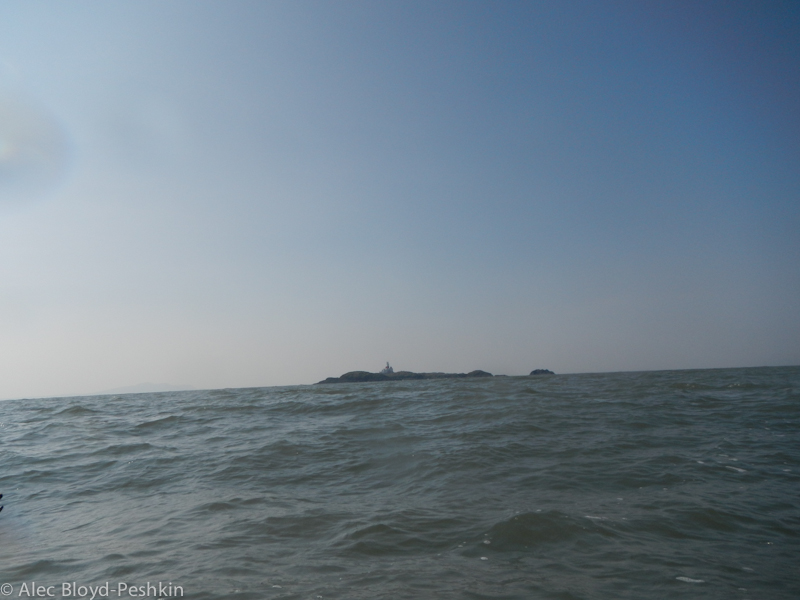
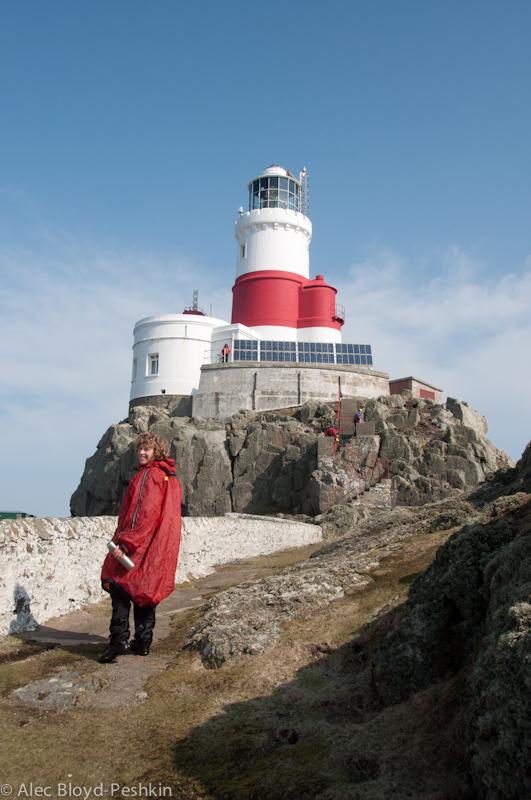
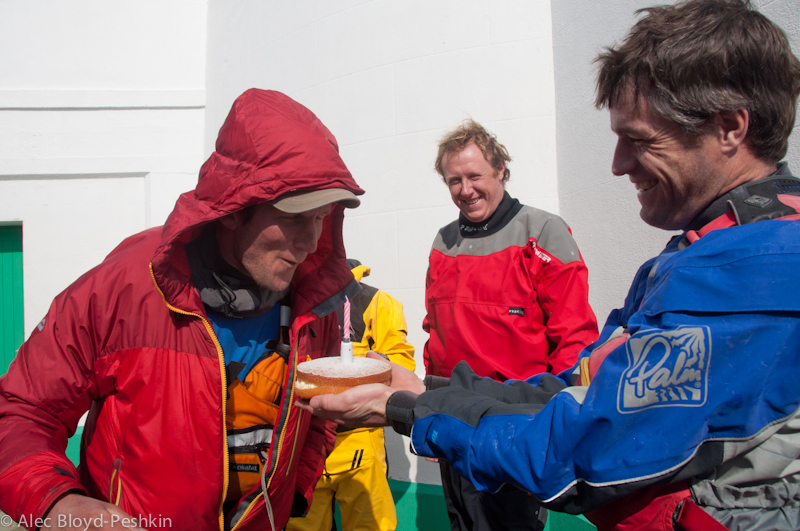
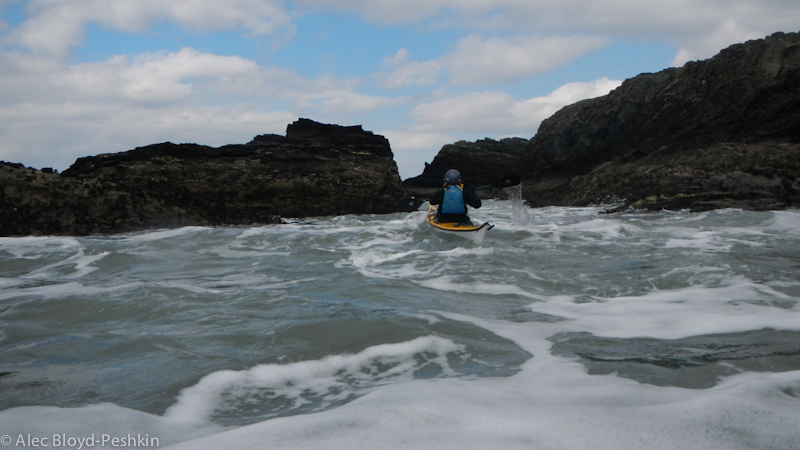
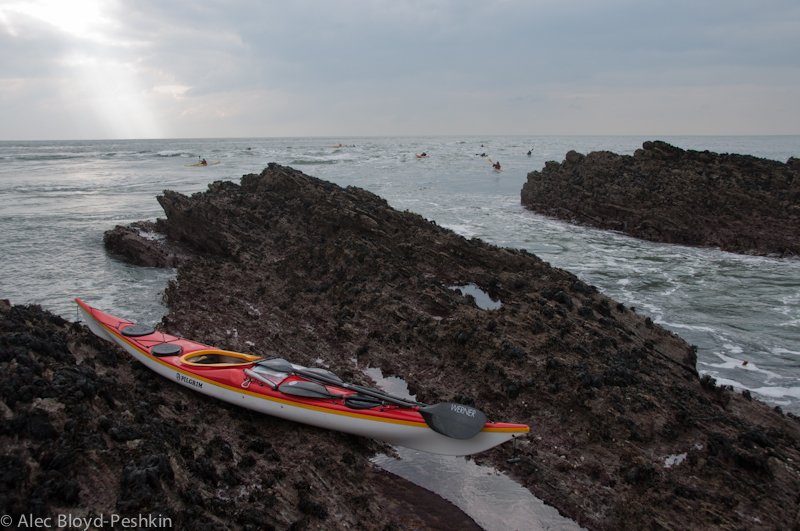

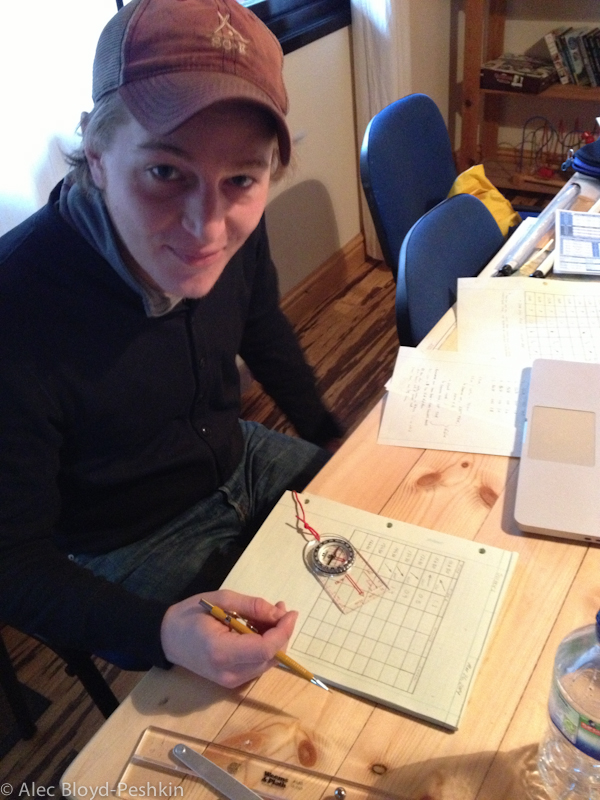
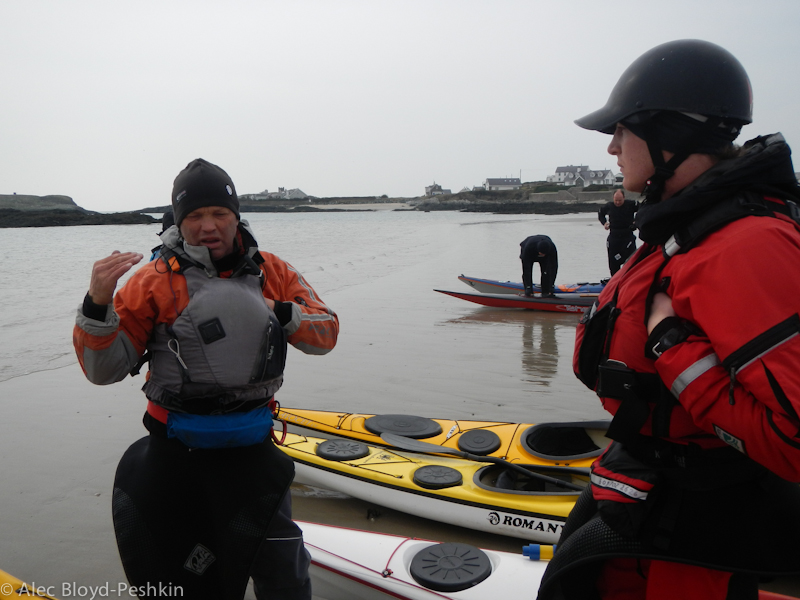

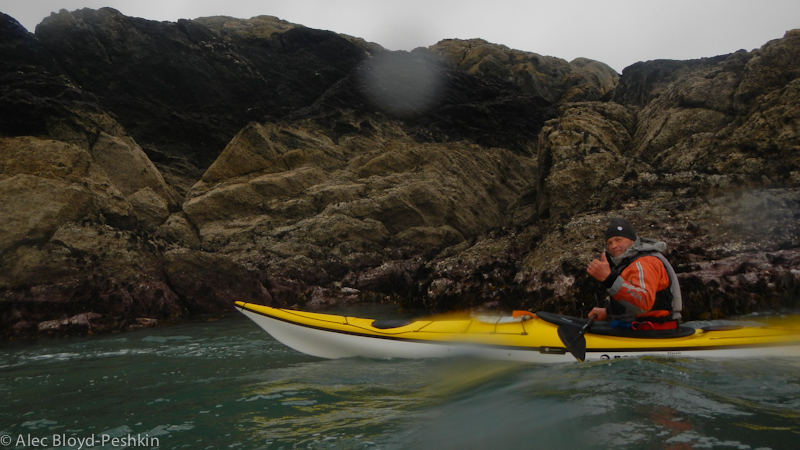

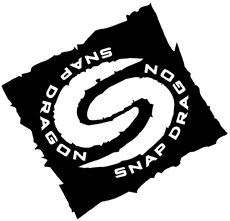




Wonderful! Reading this gets me excited to start my BCU training and maybe, someday, take this trip!
Thank you for sharing!
Some day we need to discuss the balance between leading, teaching, mothering, caution and adventure. Your student’s comment says a lot about your effective striking of that balance.